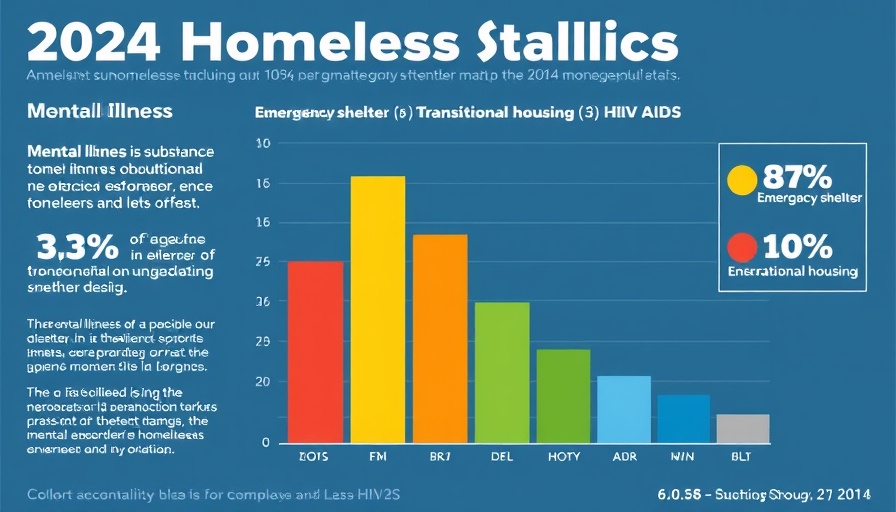
Understanding the Reality of Homelessness
Homelessness is an issue that transcends demographics, affecting individuals from various backgrounds. Yet, many still hold misconceptions about this condition. In the U.S., over half a million people experience homelessness on any given night. This article unpacks five essential facts about homelessness, helping us empathize with those going through this challenging chapter of their lives.
The Hidden Struggles of the Homeless Population
While some individuals may associate homelessness with visible poverty, many experiencing homelessness often stay out of sight. This population is not solely made up of those living on the streets. A large number hide away in shelters, cars, or temporarily with friends. The reasons for this invisibility can range from mental health struggles to the stigma associated with being homeless.
Health Disparities That Are Often Overlooked
People experiencing homelessness often grapple with significant health challenges. A staggering 50% of homeless individuals suffer from chronic health conditions such as diabetes or heart disease, compounded by inadequate access to healthcare. Additionally, mental health issues are prevalent, with nearly one-third facing conditions like depression or anxiety. Understanding these health disparities is crucial in fostering compassion towards this vulnerable group.
Common Misconceptions About Support Services
Many believe that assistance is readily available for the homeless. However, navigating social services can be incredibly complex. Many struggling individuals encounter barriers, such as lack of identification, transportation issues, and the bureaucracy of applying for aid. It’s essential to recognize these obstacles and understand the commitment required for those seeking help.
The Importance of Community Engagement
Communities play a pivotal role in combating homelessness. Volunteer initiatives and local shelters are often at the forefront of helping those in need. By fostering a community spirit of solidarity, neighbors can build networks that support the homeless population, fighting against social isolation and reaching out to those who might not access services independently.
Sparking Change Through Awareness and Education
Awareness campaigns can shift public perception and call attention to the root causes of homelessness. Education fosters understanding and encourages proactive efforts to reduce stigma. By understanding the complexities of homelessness, we can challenge harmful stereotypes and champion the dignity of all individuals, regardless of their housing status.
As citizens—insured or uninsured—it's our collective responsibility to support and uplift the voices of those experiencing homelessness. Engage with your local community, volunteer your time, and advocate for policies that support affordable housing and equitable access to healthcare. Together, we can create a more inclusive society.
 Add Row
Add Row  Add
Add 




Write A Comment